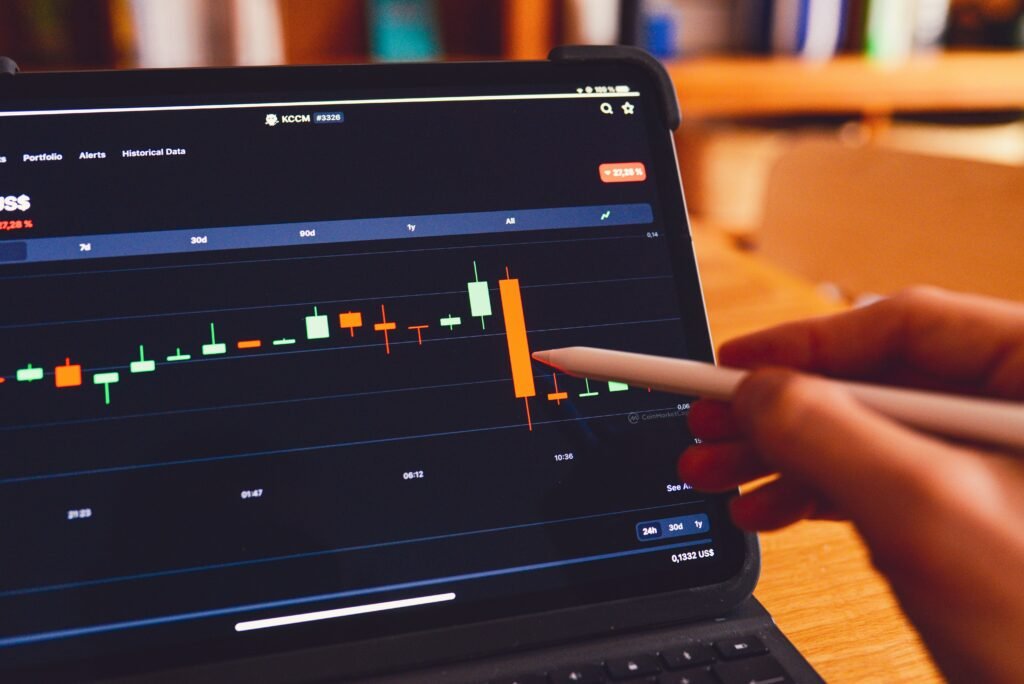A high-profile DPRK-linked phishing attack on Binance Smart Chain (BSC) has resulted in one of the largest targeted wallet drains in recent months. A prominent whale lost $27 million in tokens after unknowingly approving a malicious transaction through a counterfeit site impersonating a trusted platform. The breach, suspected to have ties to North Korea, raises deeper concerns about the rising sophistication of phishing attacks in the DeFi ecosystem.
Security firms including Venus Protocol, PeckShield, Cyvers, and ZeroShadow have stepped in to contain the damage and support recovery efforts. While the funds remain partly frozen thanks to rapid protocol responses, the case exemplifies the urgency of user awareness and platform-level security in preventing such exploitations.
How a phishing scam tricked a crypto whale
The phishing attack involved a deceptive platform crafted to replicate a familiar dApp interface. When the victim connected their wallet during a routine task — potentially an airdrop or new token interaction — they unknowingly approved a malicious transaction. This approval allowed hackers to siphon off $27 million in crypto assets almost instantly.
Such phishing tactics are not new in the Binance Smart Chain (BSC) space, but the scale of this breach, combined with its potentially state-sponsored origins, has sparked fresh alarm. The attackers exploited human psychology — trust, urgency, and routine behavior — to execute the wallet drain without the victim’s realization until after the fact.
Venus Protocol’s immediate response blocked further damage
Once the exploit was detected, Venus Protocol’s automated safeguards swiftly triggered a function to pause operations. This measure effectively locked up certain assets, notably Venus-wrapped tokens, restricting further access by the attacker. This pause not only limited the total damage but also bought time for investigators and recovery teams.
Security teams such as PeckShield, Cyvers, and ZeroShadow are coordinating their on-chain analytics to monitor the attacker’s movement and trace the potentially recoverable funds. The Venus Protocol response shows the vital role of protocol-level defenses when it comes to handling exploits like this, especially in real time.
North Korea’s suspected role in crypto-related cyber attacks
The notion of this being a DPRK-linked phishing attack draws from established behavioral similarities with other North Korean cyber tactics. Previous incidents, attributed to Lazarus Group and other DPRK-affiliated hackers, follow a similar pattern: infiltration via social engineering, impersonation of legitimate tools, and silent wallet compromise.
Although attribution requires caution, the geopolitical implications cannot be ignored. If confirmed, this attack would reinforce the trend of North Korea using cryptocurrency exploits as part of its strategy to evade sanctions and fund state operations — blending cybercrime with economic warfare.
Why phishing attacks remain such a threat in DeFi
Despite decentralized protocols like Binance Smart Chain (BSC) offering users greater control over their assets, the risks of phishing remain acute. Malicious transaction approval exploits rely not on smart contract flaws but on deceiving users into consenting to token transfers. This places personal diligence and awareness at the frontline of defense.
With platforms rapidly evolving and users participating in dozens of DeFi apps, fake interfaces slip into the ecosystem more easily. Visual similarity, urgent messaging (like fake airdrop deadlines), and fake domain names are all common tools phishing attackers use to manipulate wallet actions.
The key role of security firms in DeFi ecosystem resilience
PeckShield, Cyvers, ZeroShadow, and firms like them are playing a crucial role in not just identifying fraud but also building smarter infrastructure to prevent future attacks. Their involvement with incidents like this DPRK-linked phishing attack proves how critical external audits, real-time monitoring, and collaboration between protocols have become in the blockchain security landscape.
These firms analyze blockchain traffic, detect anomalies, and issue warnings that protocols like Venus Protocol can act on. Without their vigilance, incidents like this would likely result in even more prolonged damage or go unnoticed for longer.
How users can protect themselves from phishing attacks
Every crypto investor must understand how to avoid falling victim to malicious transaction approval. Key tips include:
- Always double-check URLs before connecting your wallet.
- Avoid clicking unknown links from social media or unsolicited emails.
- Use hardware wallets for added protection.
- Review every wallet interaction, especially when approving token transfers.
While security protocols and firms are stepping up, individual vigilance remains the first line of defense for preventing wallet drains and thefts.
Frequently asked questions about DPRK-linked phishing attack on Binance Smart Chain (FAQ)
What exactly happened in the DPRK-linked phishing attack?
A crypto whale lost $27 million in tokens after approving a malicious transaction on a fake interface mimicking a trusted Binance Smart Chain dApp.
Was North Korea directly involved?
It’s not confirmed yet, but security experts suspect North Korean-linked actors based on familiar phishing and wallet draining patterns seen in past attacks.
How was Venus Protocol able to stop additional losses?
Venus Protocol automatically paused operations once suspicious transactions were detected, freezing certain wrapped tokens and minimizing further damage.
What can I do to avoid phishing scams in crypto?
Always verify the authenticity of dApps, use hardware wallets for large holdings, avoid clicking on unknown links, and carefully review transaction approvals.
Can the stolen funds be recovered?
Some of the stolen funds remain frozen, and security firms like Cyvers and PeckShield are working to track and possibly retrieve assets using advanced forensics.
Sources to this article
- PeckShield (2025). Twitter/X updates on BSC whale exploit.
- Cyvers (2025). Real-time attack monitoring feed via API.
- Venus Protocol (2025). Community governance thread and exploit response documentation.
- ZeroShadow Security (2025). On-chain analysis blog posts related to phishing behaviors.



